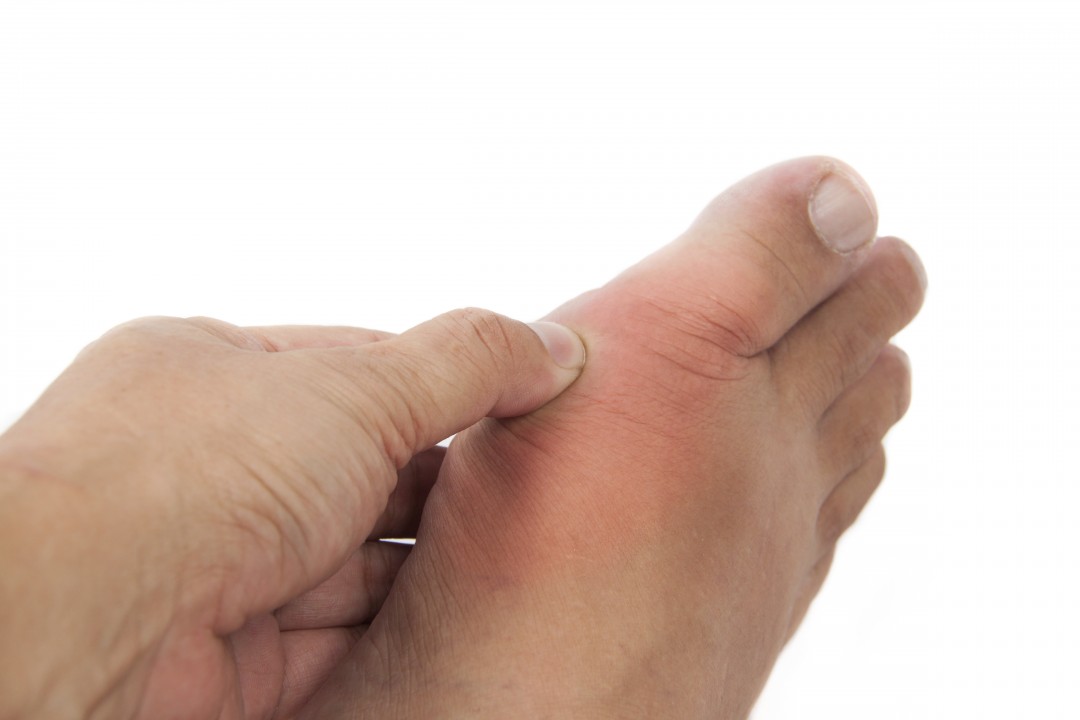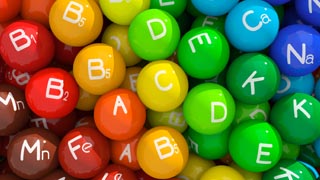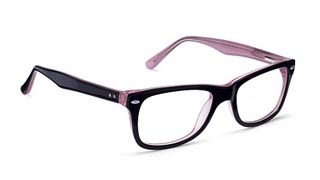What is Pseudo Gout?
Pseudo Gout is a condition where there is severe inflammation of the joint due to the deposition and precipitation of crystals known as calcium pyrophosphate (CPP)
These crystals precipitate into the joint itself or into the tissues around the joint
Pseudo gout is common in the elderly and ocurs in boht males and females and may run in families
Calcification of the cartilage, which can be seen on x-ray, is associated with the precipitation of the crystal calcium pyrophosphate.
Conditions associated with Pseudo Gout
Pseudo Gout can occur in a relatively healthy older individual, who becomes dehydrated due to an illness, such as a chest infection
Other conditions associated with Pseudo Gout and cartilage calcification include osteoarthritis, under-active thyroid, haemochromatosis (iron overload) and kidney failure, especially in patients on dialysis
Presentation
The most common presentation is, in fact, non-symptomatic, i.e. there are simply x-ray changes suggestive of calcification of the cartilage
Acute Pyrophosphate Arthritis or Pseudo Gout is usually a single joint disease
It most often involves the knees but can involve the wrists, shoulders and ankles
The patient presents much like gout with a hot red swollen and very painful joint
Associated with the inflammation, there may be a low grade fever and the blood tests would show a high white count and high level of inflammation
Treatment
There are no specific treatments for the elimination of the calcium pyrophosphate crystals
Pseudo gout is different to gout, where it is uric acid that accumulates and there are specific drugs, such as allopurinol, which are useful in treatment
In Pseudo Gout, it is important to tailor the treatment according to the individual patient
Ibuprofen or naproxen can be very useful, but in the elderly can also cause toxicity due to ulcers or kidney disease and therefore should be used with caution
Pain relief with analgesia is very important and ice packs and temporary rest would be helpful
The GP or Rheumatologist may draw fluid off the joint and instil steroid directly into the joint, which may be extremely helpful
Oral steroids may be useful, as might colchicine, which is a drug occasionally used for gout
The acute attack usually resolves in 10 days. Rarely, the patient may develop aggressive joint damage
Dr Joel David FRCP is Consultant Rheumatologist at the Nuffield Orthopaedic Centre, University of Oxford. His website is: www.joeldavidrheumatology.co.uk
For further information or a private consultation contact -The Annexe: 01865-292883







